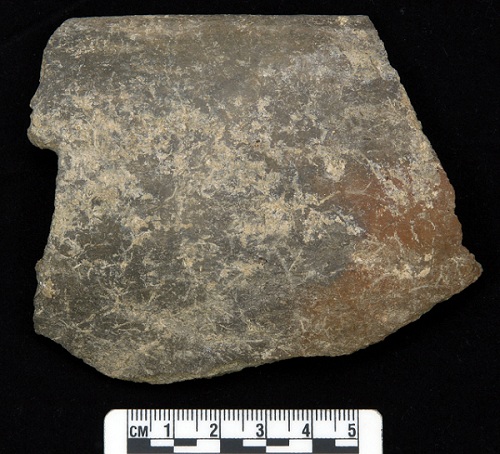Velkommen til St. Croix! When you think of visiting “America’s Paradise,” what comes to mind? Sparkling clear waters? Coral reefs? Palm trees swaying in the breeze? History? All of this and more can be found in our national parks on St. Croix, U.S. Virgin Islands.
Christiansted National Historic Site was established in 1952 as the first unit of the National Park Service in the Virgin Islands of the United States. Covering more than seven acres, the park tells the stories about of the Danish economy and ways of life and the interaction and interdependence of people in Europe, Africa, West Indies, and North America during the Danish era of occupation of the Virgin Islands (1734–1917). Constructed between 1740 and 1856, the five historic buildings were built using materials as varied as yellow bricks made in Denmark and brought to the Caribbean as ship ballast, local stone rubble, and large blocks of coral cut from the reefs surrounding Christiansted’s harbor.

NPS Photo
When the Danish West India and Guinea Company bought St. Croix from France in 1733, they quickly realized the agricultural potential of the island. Soon after their arrival on September 1, 1734, the Danes began to build an earthen fort that was destroyed in a hurricane only a few years later. It was replaced with a larger masonry structure, and Fort Christiansvaern was completed in 1749. It served as the anchor to an island-wide military defense network, protecting the harbor of the new capital of the Danish West Indies. It also served as the town jail and played host to a young woman named Rachel Faucett Lavien, who, upon her release in 1750, would leave St. Croix, meet a young man named James Hamilton, and become mother to one Alexander Hamilton who returned to the island with his family in 1765.
Trade and commerce, the potential wealth to be derived from sugar agriculture, drove the establishment of the colony and required the building of the fort. The historic wharf and its associated buildings—the Scale House (1856), Customs House (1841), and the Danish West India and Guinea Company Warehouse (1749)—were the center of action for the Danish economy of the West Indies. Through these gates and on these scales came and went the lifeblood of the colony. Building materials, household goods, agricultural supplies, and enslaved peoples were brought in, and sugar, molasses, rum, cotton, and tropical hardwoods were taken away.

NPS Photo
Underlying this colonization effort is the reality that all of the labor for the clearing of forests; construction of buildings; growing, cutting, and processing of sugarcane; domestic activities; and even specialized labor like blacksmithing and cooking was performed by the hands of enslaved Africans. Recently, archeological investigations undertaken as part of the Slave Wrecks Project uncovered the remains of the residences of the enslaved people who lived and worked there throughout the 1700s and early 1800s.
The Church of Our Lord Sabaoth, completed in 1753, was the center of the colony's religious community as the official state Lutheran church on the island. By the 1820s, the tropical climate had taken its toll on the building, and by 1834 the furnishings were removed to a newer building. It was then used as a military bakery and storehouse, community hall, emergency hospital, and school.

Photo by Folmer Andersen (Christiansted National Historic Site Archives and Collections)
And finally, the bandstand, built by the U.S. Navy circa 1918, has served as a focal point of community activities and entertainment for nearly 100 years.
Whether you decide to visit "America's Paradise" for your next vacation or business brings you to these islands, be sure to stop by the park. Located in the heart of the town of Christiansted, you are invited to walk through history on a self-guided tour or with a ranger upon request.
Last updated: April 5, 2017
